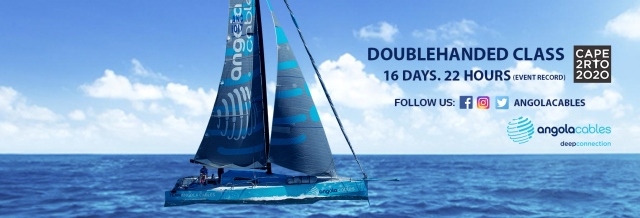Telecom equipment maker Nokia announced that Angola Cables is trialling Nokia’s Photonic Service Engine 3 (PSE-3) chipset for the first direct optical connection between the USA and Africa.

The services leverage the interconnection of subsea cable systems – SACS (South Atlantic Cable System) and MONET. SACS, owned and managed by Angola Cables, operates between Fortaleza, Brazil and Luanda, Angola and is connected to AngoNAP Datacenter.
The consortium-owned MONET connects Santos/Fortaleza with Florida/USA.
Combining SACS and MONET subsea systems in this joint trial allows for the first time 300 Gbps of traffic between Miami and Luanda.
Sub-Sarahan Africa has recorded the highest growth in internet use globally over the past decade, from under 10 percent of the population in 2010, to over 28 percent in 2019, says ITU.
Sam Bucci, head of Optical Networking at Nokia, said: “Africa is a strategic growth market for Nokia across both our core CSP and webscale businesses.”
Angola Cables is deploying subsea wavelengths with Nokia’s 1830 Photonic Service Interconnect (PSI) data center interconnect (DCI) platform utilizing the PSE-3. The 1830 PSI provisioned optical wavelengths at 300 Gbps using probabilistic constellation shaping (PCS) to optimally shape the signals to the specific characteristics of the 12,635 km cable, achieve operation near the theoretical limits of the system.
Fernando Azevedo, technical director at Angola Cables, said: “With Nokia’s PSE-3, Angola Cables can optically interconnect the MONET and SACS submarine fiber optic cables, enabling more capacity and a further reduction in latency between content providers in North America and the rapidly growing data consumption markets in Africa.”





